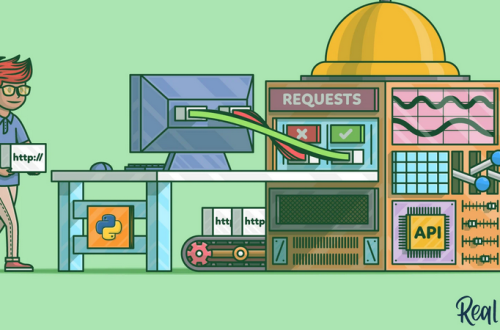Now that we have explored the Publish-Subscribe pattern, learned what an event is, and talked about event brokers, it is time to explore how to replay the state of an application. To achieve this, we can follow the event sourcing pattern.The idea behind event sourcing is to store a chronological list of events instead of a single entity, where that collection of events becomes the source of truth. That way, every single operation is saved in the right order, helping with concurrency. Moreover, we could replay all of these events to generate an object’s current state in a new application, allowing us to deploy new microservices more easily.Instead of just storing the data, if the system propagates it using an event broker, other systems can cache some of it as one or more materialized views.
A materialized view is a model created and stored for a specific purpose. The data can come from one or more sources, improving performance when querying that data. For example, the application returns the materialized view instead of querying multiple other systems to acquire the data. You can view the materialized view as a cached entity that a microservice stores in its own database.
One of the drawbacks of event sourcing is data consistency. There is an unavoidable delay between when a service adds an event to the store and when all the other services update their materialized views. We call this phenomenon eventual consistency.
Eventual consistency means that the data will be consistent at some point in the future, but not outright. The delay can be from a few milliseconds to much longer, but the goal is to keep that delay as small as possible.
Another drawback is the complexity of creating such a system compared to a single application that queries a single database. Like the microservices architecture, event sourcing is not just rainbows and unicorns. It comes at a price: operational complexity.
In a microservices architecture, each piece is smaller, but gluing them together has a cost. For example, the infrastructure to support microservices is more complex than a monolith (one app and one database). The same goes for event sourcing; all applications must subscribe to one or more events, cache data (materialized view), publish events, and more. This operational complexity represents the shift of complexity from the application code to the operational infrastructure. In other words, it requires more work to deploy and maintain multiple microservices and databases and to fight the possible instability of network communication between those external systems than it does for a single application containing all of the code. Monoliths are simpler: they work or don’t; they rarely partially work.
A crucial aspect of event sourcing is appending new events to the store and never changing existing events (append-only). In a nutshell, microservices communicating using the Pub-Sub pattern publish events, subscribe to topics, and generate materialized views to serve their clients.

